https://www.youtube.com/watch?v=nbgZOILhp68
How To Cook Spaghetti At Home With The Kids _ Recipes By Chef Ricardo

All that gluten we've developed from the kneading really needs to rest .
So it'll take half an hour at least of rest time for it to become pliable and silky .
If you're making your pasta and it looks a little bit wet right now , it's too sticky .
You can add in up to a quarter cup of flour , just knead it in with like a tablespoon at a time .
These eggs are large eggs , but I swear whoever is categorizing egg sizes is like just straight tripping .
Sometimes I'll buy extra large eggs and they look like little quail eggs .
Like what's going on ?
My point is by the way that if the eggs are a little bit larger , you're gonna add more liquid in and you need more flour .
So in this recipe , I'm saying two cups to two and a quarter , kind of depends on your eggs .
I've switched over to hand kneading and because I use the bench scraper , my hands are like , fairly clean .
If you did this by hand , I'd be like a wreck if you're wondering why some recipes call for semolina .
And also like why they say bronze cut .
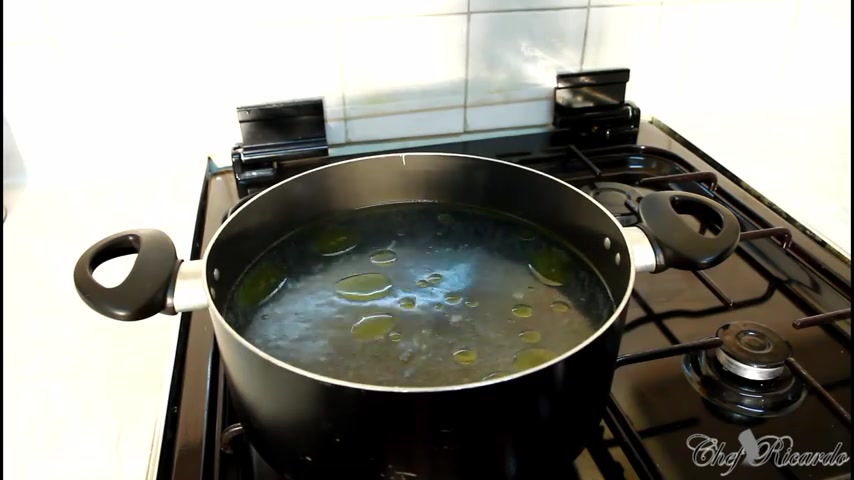
A lot of these packages , bronze cutters will give you a rougher cut .
And as my understanding is that , that gives you more craggy places for the sauce to rest .
And the same thing goes with , um , the semolina flour , it's gonna give you a coarser pasta that really holds its shape well , and has all those nooks and crannies that your sauce can really find a place to rest in .
So I'm needing this right now and you can see the pasta dough is kind of breaking as I need it .
The gluten has not been developed yet .
So it's actually just pulling away once the glutens developed , it'll have a stretchy elastic silkier texture to it .
You're gonna be needing this for 10 to 15 minutes .
It might sound like a long time , but really think of it as your kitchen meditation .
It's actually really relaxing .
It's back and forth .
I like to fold the dough over slightly and press forward , slit , press forward , slight , press forward and you just keep doing that .
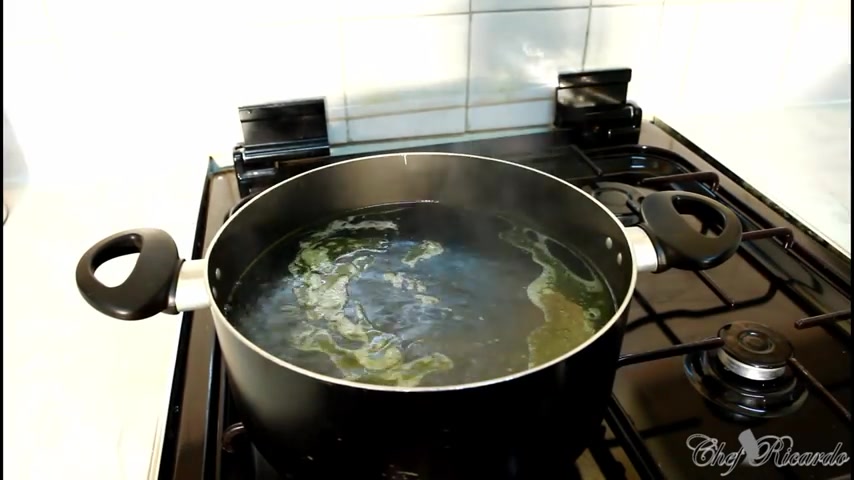
My internal timer has gone off .
I think this has been needed enough .
It looks nice and smooth and if I use my finger , give it a poke , it bounces back .
So it has some elasticity but it's too active right now .
It needs to relax and just chill out .
So we need 1 to 3 hours on the countertop .
You can wrap it in plastic or I have these Mellie wraps .
They are pieces of fabric that are like coated in bees wax , they're reusable and they're great .
You could also refrigerate this overnight if you wanted to come back to it the next day .
So rest time and we are back while my all purpose version rests .
I'm going to make my batch of double zero pasta dough .
We'll see if we can tell the difference .
This needs up just like before .
But oh , it feels much silkier nice .
This feels so much nicer .
I've never made them back to back before and appreciated just how much like more supple it is .
Oh , I wrap it up .
It also gets a rest and then I'll show you how to roll it out .
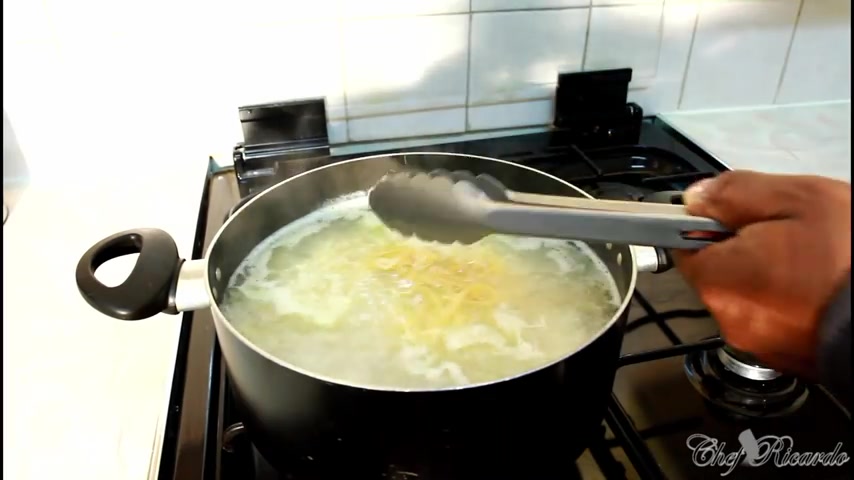
My pasta dough is rested .
I'm grabbing my rolling attachment for my kitchenaid mixer .
You can definitely use a hand crank pasta maker too and even a rolling pin to do this screw that on nice and tight .
I'm cutting my pasta dough into four pieces to make it more manageable .
And I have some flour at hand .
You can use the flour that you made the pasta with or you can also use some Molina flour .
I'm gonna pat this just into a square shape .
The pasta just has to be thin enough that I can pass it through my very first setting , which is a one on low .
We're going to pass this through once , twice and even a third time .
If you have one of those big hand ranker , you can turn the pasta each time , but this only has like eight inches for an opening .
Ok .
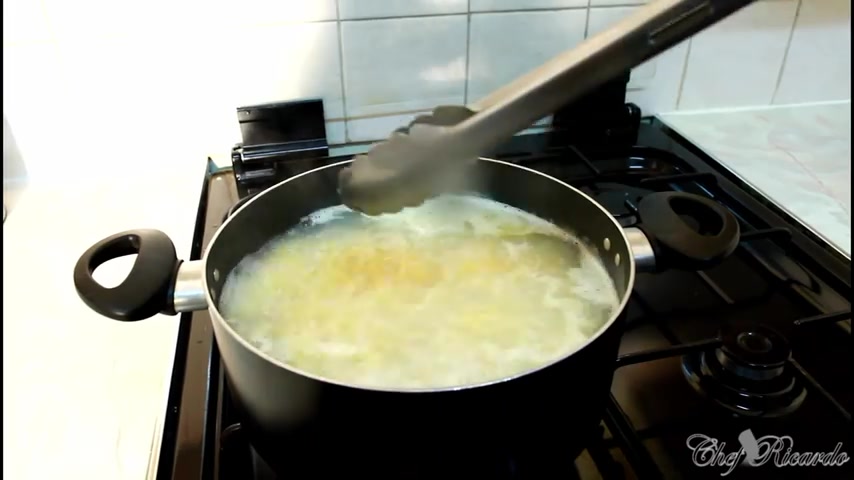
Take your pasta and I'm gonna fold it in thirds and now we're going to pass it through a couple more times .
Here we go .
This will give your pasta a little bit more .
Structure .
Folding is a bit of an optional step though .
I've definitely made pasta with no folds .
It turns out just fine .
Now I'm reducing the thickness of the pasta .
So go one number at a time and pass it through at least twice .
I'm gonna add a , just the slightest Sprinkle of flour .
It's really minimal and just so nothing catches in the rollers .
If it starts catching or if you turn the dial too far and you jump a few numbers , it's going to have like these stretch marks and just not be as silky and supple as you see right here .
And it's also important to support your pasta evenly .
So don't pull at it from one point , give it the support of the back of your hand and don't tug at it , just let it go through .
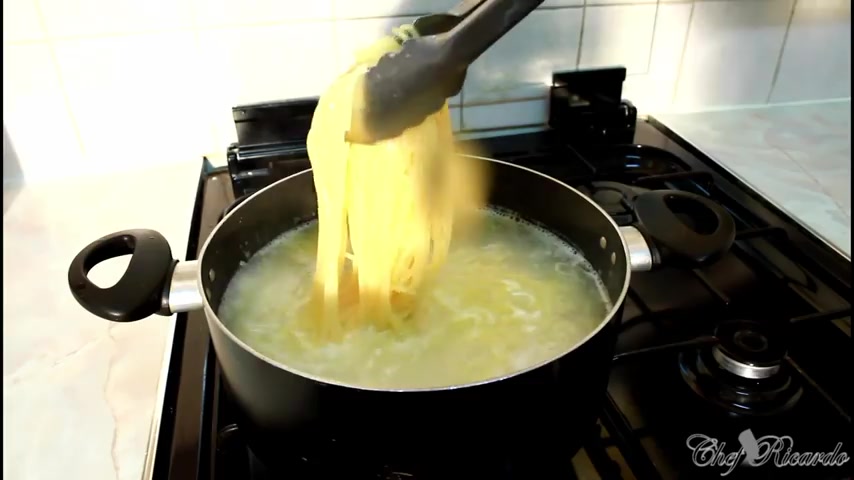
Perfect pasta noodles ready to cook .
But if you don't have a pasta roller , grab a rolling pin a little bit of flour for your counter and just get to work .
It's as easy as rolling any dough out .
And actually pasta dough is pretty forgiving because it's a little bit more dense than your normal dough .
This time , I am not going to be doing the envelope method .
What you do want to see is a floured surface on both sides .
So nothing sticks because the pasta has to be able to move as you spread it .
And I'm not cheating per se , but I am using the double zero pasta dough because it is noticeably silkier and looser .
So it really rolls out easily .
So if you don't have a pasta machine , but you want to make some pasta at home , double zero flour is gonna make it a little bit easier .
I'm gonna show you how to cut the pasta , but I'm not cutting on my marble countertops .
They are too delicate .
So a little bit more flour and fold this over .
Are you looking for a way to reach a wider audience and get more views on your videos?
Our innovative video to text transcribing service can help you do just that.
We provide accurate transcriptions of your videos along with visual content that will help you attract new viewers and keep them engaged. Plus, our data analytics and ad campaign tools can help you monetize your content and maximize your revenue.
Let's partner up and take your video content to the next level!
Contact us today to learn more.